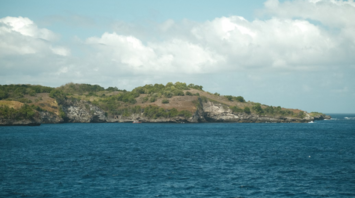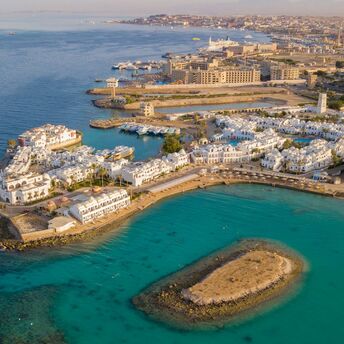An Island Cut Off by Nature: The Travel Realities of the Calf of Man

Located just south of the Isle of Man, the Calf of Man is a small and largely uninhabited island known for its stormy waters and steep cliffs. It’s only accessible by boat during calm weather, making trips unpredictable and often delayed. The island is mainly managed by seasonal wildlife wardens and volunteers who help monitor its seabird population, including Manx shearwaters and guillemots.
Less than a mile from the Meayll Peninsula, this isolated island was once home to monks and later lighthouse keepers. You can still sense they were here by the crumbling stone walls, roofless shelters, and moss-covered paths that lie quietly across the island. These days, getting to the island depends on nature’s mood. Fast-moving tides and surprise storms often force boats to stay put for days, cutting the island off until conditions settle again. Being cut off so often has turned the island into a kind of natural time capsule, keeping its plants and animals mostly undisturbed and giving the whole place a quiet, untouched feeling.
Two of the most notable landmarks linked to the area are the Calf of Man Lighthouses, twin towers built in 1818 and now disused, standing above the cliffs where seabirds nest. Not far from the island’s edge, Chicken Rock Lighthouse still does its job, blinking automatically from a wave-battered rock. No one lives there now, and visitors can’t go inside, but its signal continues to guide passing vessels. On the island itself, travelers can also explore the remains of a 19th-century smithy and the Calf Mill, where abandoned tools and stone walls reflect the island’s agricultural past.
Another key site is the Calf of Man Bird Observatory, a modest farmhouse where researchers track bird migration through daily ringing sessions. A short walk from here leads to South Harbour, the island’s simple stone quay, where grey seals often gather on nearby rocks. In spring, visitors often catch sight of puffins waddling near their nesting spots, razorbills balancing on cliff ledges, and Manx shearwaters swooping low over the waves before vanishing into burrows. At the observatory, visitors sometimes get the chance to quietly watch how birds are tagged, puffin decoys are placed, and notes are taken on nesting.

This trip isn’t the kind you take on a whim. You’ll need to plan ahead, move at nature’s pace, and be ready for whatever the weather decides to throw your way. There are no stores to browse, no traffic to dodge, and no constant buzz in the air. Instead, the island gives you room to slow down, notice small things, and let the silence do the talking. As more people look for quiet, off-the-map places to explore, the Calf of Man quietly shows how visiting wild places without leaving a trace can help protect them for the future.



















